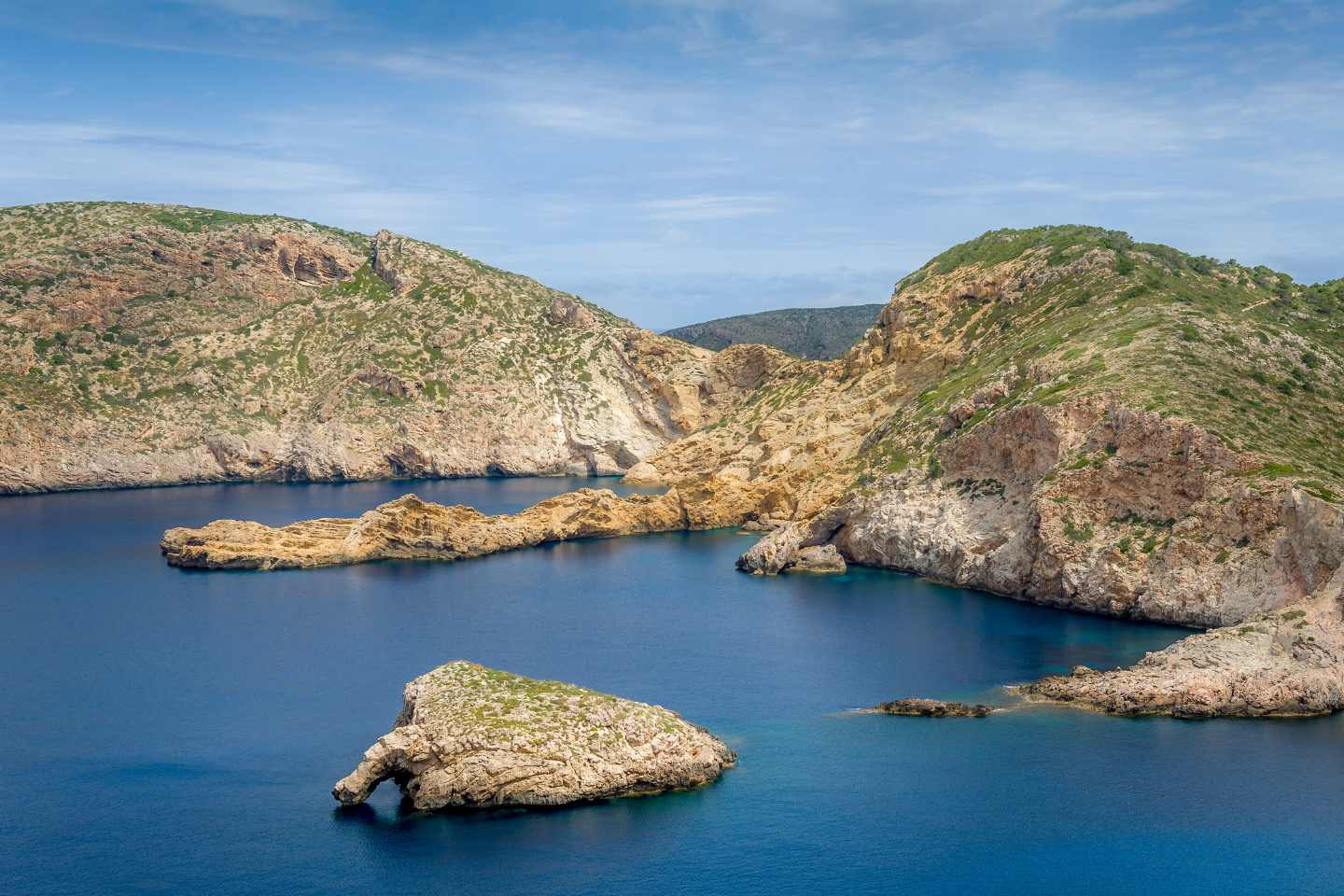Is there any greater luxury than being on one beautiful Mediterranean island and having the opportunity to visit another? That’s certainly the case here in Mallorca, the largest in the Balearic archipelago, neighboured by Ibiza and Formentera to the southwest and Menorca to the northeast. Cabrera is a less well-known national park made up of 19 islands and islets, only ten kilometres south of Mallorca’s Cape Salinas. It feels far from anywhere yet the boat ride only takes an hour, so you can go there and back in a day. Here’s how!
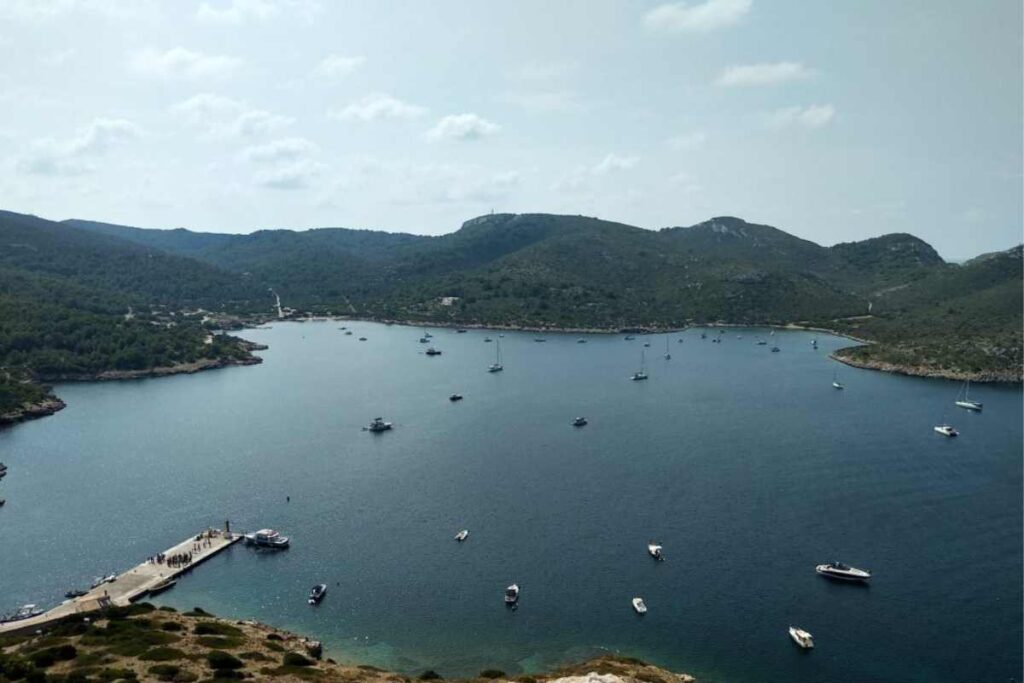
Getting there & what to enjoy
If you don’t have your own boat and permission from the local authorities, head to Colònia de Sant Jordi, where Mar Cabrera boats leave daily on various trips, including the Cabrera 360º: a complete tour. Sail around the islands before a 3-hour landing, when you’ll disembark with the choice of eight self-guided routes. There is lots to see and do: walk up to the ‘El Castell de Cabrera’ to admire the view of the bay and enrich your historical knowledge.
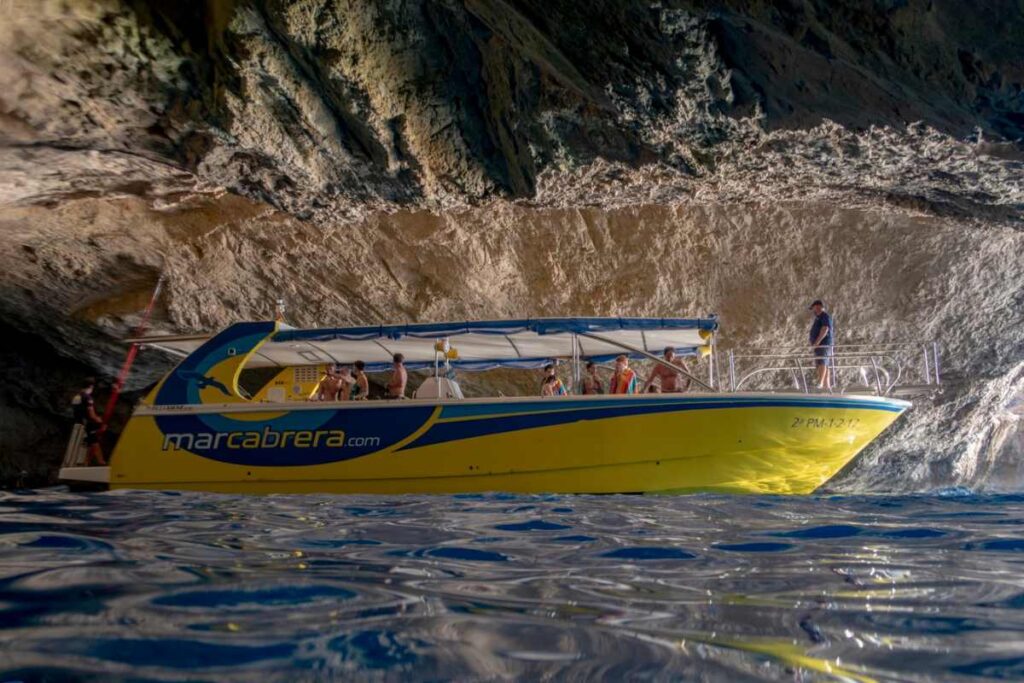
Built in 1400, Cabrera Castle was originally a watchtower to protect the island from pirates. There is also a museum and the Ensiola lighthouse, but most people are drawn to the ‘Sa Cova Blava’, or the blue cave, named after the bright colour of the water. Don’t forget your snorkel for exploring the park’s seabed and underwater wildlife
The island’s history
Cabrera has a long and rather storied past. This small rocky archipelago marooned in the Mediterranean was uninhabited for centuries. Its name, meaning “place of the goats”, indicates that for many years the only residents were these animals, released by the Romans to provide food in times of trouble.
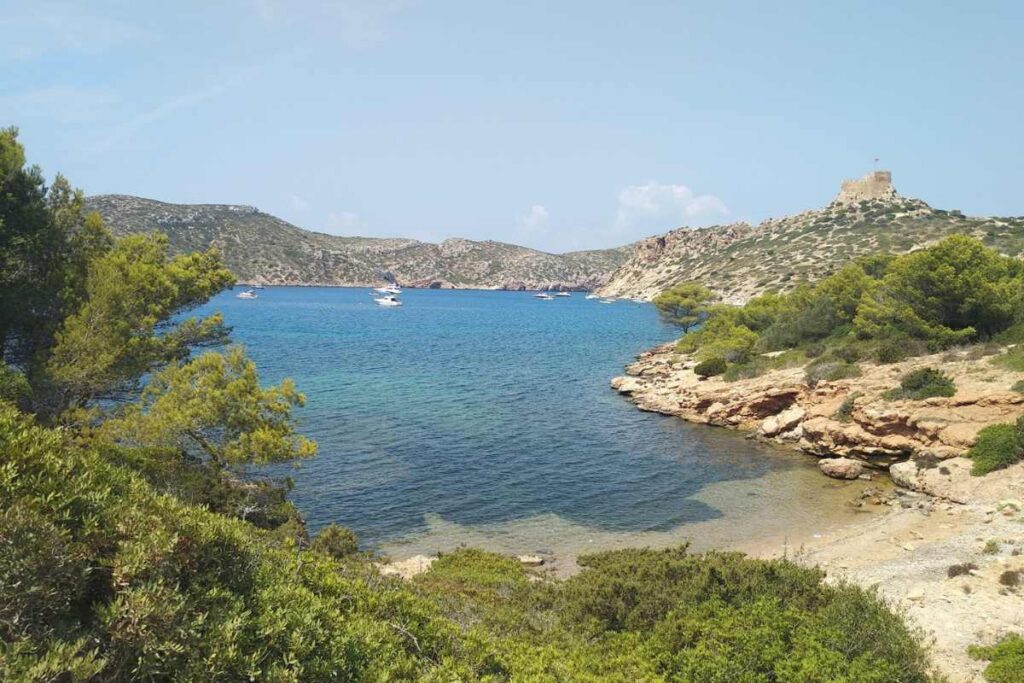
The Phoenicians, Carthaginians and Byzantines also passed by and, according to legend, pirates buried treasure there. In the early 1800s, Cabrera was a prisoner of war camp for around 9000 French, Polish, Swiss and Italian soldiers defeated during the Napoleonic Wars, who had little more to eat than the goats
Cabrera – a natural beauty
The Maritime Terrestrial National Park is a showcase of unspoiled nature, from over four hundred botanical species and two hundred types of fish to reptiles, marine birds and (some endangered) raptors. Naturally, there are pristine beaches with the most crystalline water, such as Sa Platgeta, which can be reached on foot from the port or, further away, the wilder S’Espalmador beach.
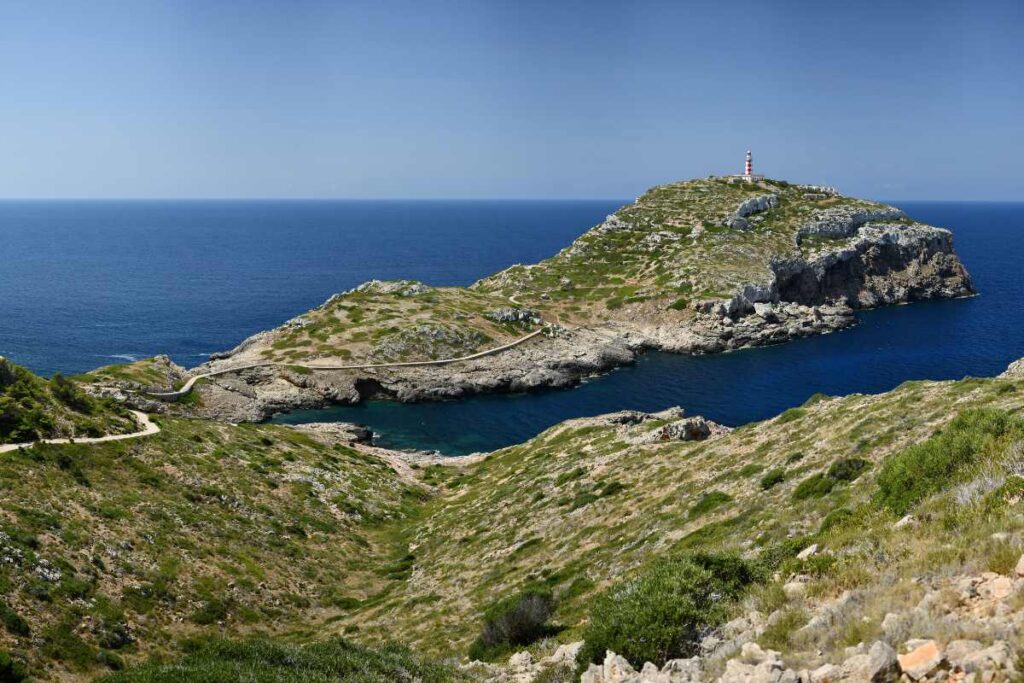
Since the islands are protected, there are no hotels, only a refugio or shelter that has to be booked far in advance. This lack of tourism only adds to the tranquillity and otherworldliness.
Colònia de Sant Jordi is less than 10 minutes drive from Ca’n Bonico. So experiencing this incredibly beautiful archipelago, along with its nature, coves and history, is within easy reach.

